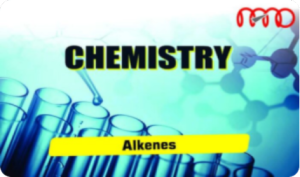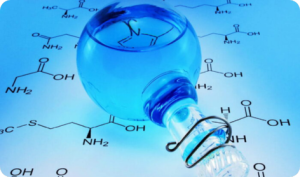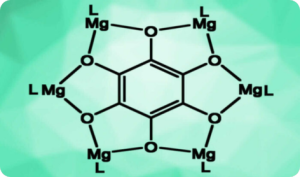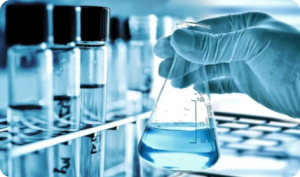Description
Course Contents
- Alkenes (exemplified by ethene)
- (i) electrophilic addition, including Markovnikov’s rule
- (ii) reduction and oxidation reactions
Learning Outcomes
Candidates should be able to:
- (a) explain the general reactivity of alkenes towards electrophilic reagents/electrophiles
- (b) describe the chemistry of alkenes as exemplified, where relevant, by the following reactions of ethene:
- (i) electrophilic addition of water/steam, hydrogen halides and halogens
- (ii) reduction via catalytic hydrogenation (catalytic addition of hydrogen; see also 8(j))
- (iii) oxidation by cold, alkaline solution of manganate(VII) ions to form the diol
- (iv) oxidation by hot, acidified solution of manganate(VII) ions leading to the rupture of the carbon-to-carbon double bond in order to determine the position of alkene linkages in larger molecules
- (c) describe the mechanism of electrophilic addition in alkenes, using bromine with ethene as an example
- (d) apply Markovnikov’s rule to the addition of hydrogen halides to unsymmetrical alkenes, and explain the composition of products in terms of the stability of carbocation intermediates
- (e) explain, in terms of delocalisation of π electrons, the difference between benzene and alkene:
- (i) reactivity towards electrophiles
- (ii) preference of benzene to undergo substitution rather than addition reaction




